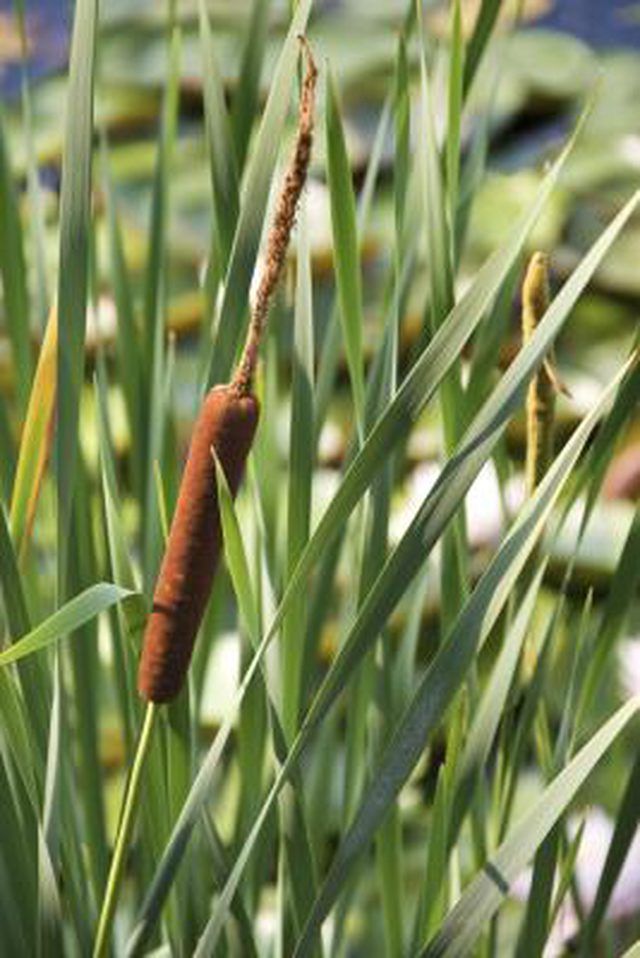Bulbs
Flower Basics
Flower Beds & Specialty Gardens
Flower Garden
Garden Furniture
Garden Gnomes
Garden Seeds
Garden Sheds
Garden Statues
Garden Tools & Supplies
Gardening Basics
Green & Organic
Groundcovers & Vines
Growing Annuals
Growing Basil
Growing Beans
Growing Berries
Growing Blueberries
Growing Cactus
Growing Corn
Growing Cotton
Growing Edibles
Growing Flowers
Growing Garlic
Growing Grapes
Growing Grass
Growing Herbs
Growing Jasmine
Growing Mint
Growing Mushrooms
Orchids
Growing Peanuts
Growing Perennials
Growing Plants
Growing Rosemary
Growing Roses
Growing Strawberries
Growing Sunflowers
Growing Thyme
Growing Tomatoes
Growing Tulips
Growing Vegetables
Herb Basics
Herb Garden
Indoor Growing
Landscaping Basics
Landscaping Patios
Landscaping Plants
Landscaping Shrubs
Landscaping Trees
Landscaping Walks & Pathways
Lawn Basics
Lawn Maintenance
Lawn Mowers
Lawn Ornaments
Lawn Planting
Lawn Tools
Outdoor Growing
Overall Landscape Planning
Pests, Weeds & Problems
Plant Basics
Rock Garden
Rose Garden
Shrubs
Soil
Specialty Gardens
Trees
Vegetable Garden
Yard Maintenance
How to Eat Cattails
How to Eat Cattails. The entire cattail plant (Typha latifolia) is edible at some point in the year. From roots to the sausage-like growth, called an inflorescence, at its top, the common cattail plant, often seen ringing ponds and in wetllands, is packed with protein and other nutrients. Though a common food source historically for Native...

The entire cattail plant (Typha latifolia) is edible at some point in the year. From roots to the sausage-like growth, called an inflorescence, at its top, the common cattail plant, often seen ringing ponds and in wetllands, is packed with protein and other nutrients. Though a common food source historically for Native Americans and pioneers, this useful plant has been largely forgotten as food in recent years, according to Oregon State University's College of Health and Human Sciences.
Things You'll Need
Waders
Trowel
Knife
Cookie sheet
Bucket
Clippers
Put on waders and dig up the shoots of the cattail plant as they push through the ground in spring, but before they emerge from the water. Once the fibrous green are peeled away, the white meat is visible. It can be eaten fresh in salads, steamed or even pickled in vinegar. The stems above water can be used in the same way once the green is peeled away.
Scrape the slime from those shoots onto a cookie sheet with a knife and let it dry in the sunshine. This starchy substance is a good soup thickener and can be stored in its dry form for a long time.
Cut the inflorescence from the stalk with clippers while it is still green. You can steam the green male flowering tip and eat it like corn on the cob. Like corn, dip it in butter, because it can be rather dry.
After the pollen develops, you can bend the stem over and shake it off the inflorescence into a bag or bucket and add it to flour to make pancakes, muffins, cookies or other baked goods. According to Brandeis University, mixing the dried pollen with regular white flour results in a high-protein flour product.
After the flowers have gone to seed, parch the fluffy stuff so that the seeds get nice and toasted. Sprinkle them on salads or eat by the hand as a tasty toasted nutty snack.
Cut the enlarged rhizome from the base of the plant in late fall. Peel and slice it for use as a potato substitute.
Dig up the root masses in the winter and scrub them clean. Smash them into a pulp and soak in water to extract the starch for a high energy soup thickener. They can also be ground and made into flour after the fibers are removed.